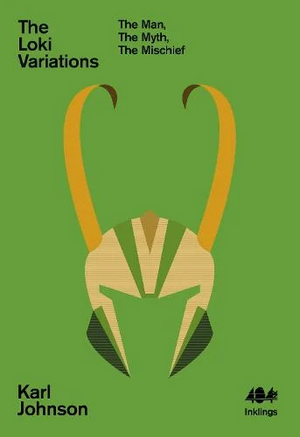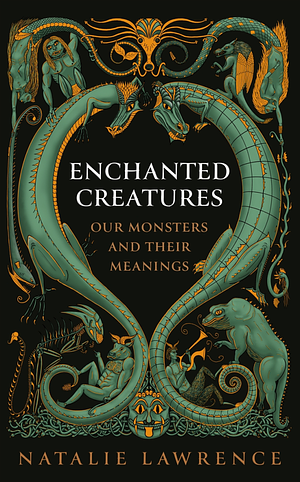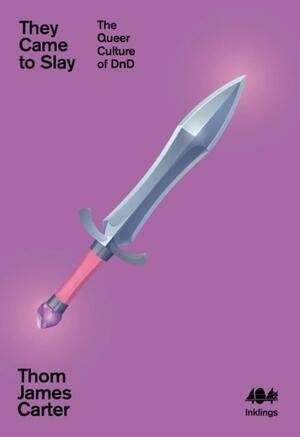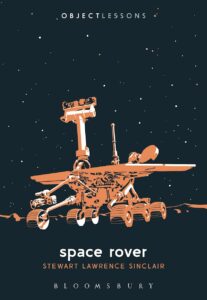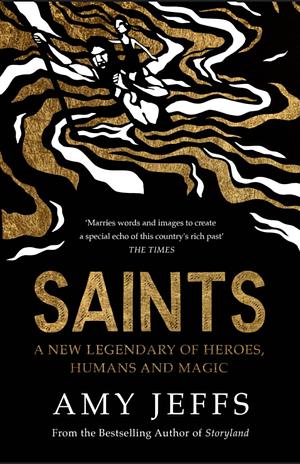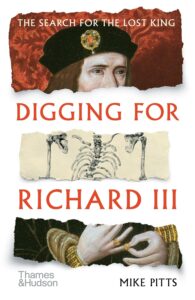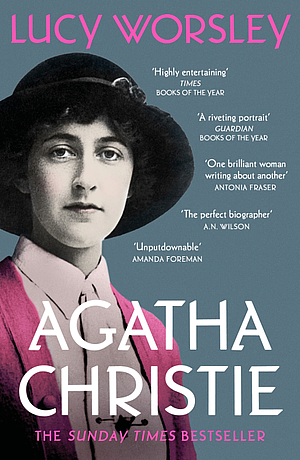
Agatha Christie
by Lucy Worsley
Genres: Biography, Non-fictionPages: 498
Rating:

Synopsis:Why did Agatha Christie spend her career pretending that she was 'just' an ordinary housewife, when clearly she wasn't? As Lucy Worsley says, 'She was thrillingly, scintillatingly modern'. She went surfing in Hawaii, she loved fast cars, and she was intrigued by the new science of psychology, which helped her through devastating mental illness.
So why - despite all the evidence to the contrary - did Agatha present herself as a retiring Edwardian lady of leisure?
She was born in 1890 into a world which had its own rules about what women could and couldn't do. Lucy Worsley's biography is not just of an internationally renowned bestselling writer. It's also the story of a person who, despite the obstacles of class and gender, became an astonishingly successful working woman.With access to personal letters and papers that have rarely been seen, Lucy Worsley's biography is both authoritative and entertaining and makes us realise what an extraordinary pioneer Agatha Christie was - truly a woman who wrote the twentieth century.
Lucy Worsley’s Agatha Christie tries to examine Agatha Christie and her work with affection and respect, but without taking her own words about herself too seriously. She considered herself to be basically an unworking lady, a homemaker in our terms, a wife. She wrote compulsively and prolifically, without ever admitting that she was a serious writer. Given that her work has enduring appeal, and a certain amount of influence, it’s worth examining her life a bit. Not just the things people know about her (the famous disappearance), though Worsley covers that too, but her whole life and all the relationships that influenced her.
I have to say that I didn’t really know much about Agatha Christie herself, other than that she’d dispensed medications during the war, and the disappearance. I knew more about her work, but didn’t have that much experience with it (I read The Murder of Roger Ackroyd when I studied crime fiction during my first degree, and at some point read my way through the books featuring Miss Marple, but remember little about them). It was a surprise to meet (through Worsley) a woman who generally had a gift for being happy — at least as she grew older and met her second husband.
As you’d expect from her work, which I’ve now been reading via Serial Reader in the last couple of months, she wasn’t always a nice woman. She could be pretty racist and anti-Semitic, she wasn’t a great mother to her own daughter, she could be an awful snob, and regardless of how sympathetic you feel toward her reasons, it’s possible she tried to frame her first husband for her murder. Worsley doesn’t endorse that view, and there simply isn’t real evidence either way, but it’s something people have believed to some degree or another since it happened, something which rings tantalisingly true for a woman who specialised in writing murder mysteries and thrillers.
Overall, Worsley does a fairly good job of giving us Agatha Christie as a whole person, a woman who was wronged, a woman with faults, a woman who could demonstrate a wealth of generosity. Contradictory and flawed, as we all are.
Rating: 4/5

